#AutomotiveHistory
The Perfect Song for People That Love Cars but Hate Their Spouse
Driving songs are an intensely personal thing and can be influenced as much by your taste in music as your preferred style of motoring. For some, nothing but the most frantic electronic dance music will suffice. Though others may find themselves requiring classic rock or hair metal to get into the groove – perhaps with a hint of vintage R&B for cruising. Whatever your particular brand of ear poison happens to be, there’s a good chance that your significant other won’t appreciate the noises coming out of the speakers as much as you do and may even resent the massive amount of attention you’ve given to your automobile generally.
Assuming you haven’t left that person already, and they have a decent sense of humor, there’s a song you absolutely must consider adding to your driving mix.
Documentary Series The Last Independent Automaker in Production, Will Chronicle the Life and Times of American Motors Corporation
A new documentary is currently in production and promises to be of interest to many of our readership. It’s about everyone’s favorite underdog automaker, American Motors Corporation (1954-1988)! Pride of Kenosha, Wisconsin. The team behind the production of The Last Independent Automaker is assembling a deep dive into the brand’s history, which started in 1954 when car and refrigerator manufacturer Nash-Kelvinator Corporation acquired Hudson Motor Car Company, and formed AMC.
Abandoned History: Chrysler's Liberty Project, to Saturn or Not to Saturn
In Part V of the Rare Rides series on the Eagle Premier, I mentioned an abandoned project at Chrysler called Liberty. Announced in 1985, Liberty was supposed to be a direct challenge to GM’s recently announced Saturn brand. Or it wasn’t, depending on what day of the week Liberty was addressed.
Chrysler’s PR department and CEO Lee Iacocca seemed at odds on what the Liberty project was, but they were both sure it was very important and it would build something, probably.
Five of the Worst Halo Cars From the Modern Era
There’s always going to be some debate about what constitutes a good halo vehicle. Many will argue that it has to be a flagship model, representing the absolute best specifications and features the manufacturer could cobble together for an eyewatering price. While that’s often the case, successful halo vehicles don’t always need to be at the top of the pyramid since the real purpose is to embody the best of what any given brand represents.
But there’s little disagreement on what makes a bad one and they frequently have a lot in common. Irrational pricing and a sudden shift away from brand identity are usually at the core of a real stinker. If you don’t believe me, here are five of the absolute worst halo cars from the modern era in no particular order…
Continental Commissions Curious Study About Its Own Nazi History
Continental commissioned an independent researcher to see what it was up to in the 1940s, with the auto parts supplier issuing a press release detailing the results.
“The study shows that Continental was an important part of Hitler’s war machine,” said CEO Dr. Elmar Degenhart, before adding, “We commissioned the study in order to gain more clarity about the darkest chapter in our company’s history. That’s why we specifically included those companies that were not part of Continental at the time. The study is a consciously chosen opportunity and a renewed motive for us to face up to our responsibility and, on the basis of past experiences, to understand our identity more clearly and to create a better future.”
The company has decided to not only “take responsibility” for acts committed 70-plus years ago, but to also include businesses that were complicit with the National Socialist German Workers’ Party (NSDAP/Nazi) long before they joined its ranks.
Traffic Fantasy: Michigan Pitches Dumb Idea
As if we needed more evidence that the people running things may actually be even dumber than we are, Michigan leadership has proposed building a separate lane for autonomous cars to run between Ann Arbor and Detroit. The special road would implement a vehicle-to-infrastructure communications network and is planned to be built alongside Michigan Avenue and I-94 as its own separate lane. Kind of like a bus line or railroad.
Reminiscent of the “ Highway of Tomorrow” that premiered in General Motors’ 1956 Motorama short Design for Dreaming, where a woman dances around the latest automotive products before the whole thing descends into futurist madness, Michigan’s more-modern concept is only slightly less ridiculous. State governor Gretchen Whitmer announced the project on Thursday, noting that it already had support from both the public and private sectors.
That doesn’t mean it will leave the realm of fantasy, however.
Street Rod: The Granddaddy of Car Culture Software
While the summer months are normally the perfect time to take a road trip, New York has mandated that any jaunts out of state require a 14-day quarantine upon return — and any location one might want to visit on a lark has a strong likelihood of being closed to visitors.
Seems like a lot of hassle with very little payoff for yours truly, so I’ve been escaping into old films and television shows before they’re cancelled for being offensive. Video games have also become a staple of the modern pandemic lifestyle and, if you read my review of the Ford Simulator franchise, you’ll recall that my tastes skew toward terrible, automotive-themed DOS programs from the late 1980s.
Today’s entry is actually pretty decent, however — or at least it would have been at the time of its release.
Trick Your Family Into Learning About Cars While Everything's Closed
With health concerns keeping everyone largely indoors, you may have spent this morning asking the mirror how you intend to get through the next few weeks with your sanity intact. We’ve been asking ourselves the same question. There’s not a lot going on out there and little reason to risk infection so you can witness nothingness first hand. That leaves millions of us at home trying to cobble together a battle plan on how to combat weapon’s grade boredom. The least fortunate will also have to do this for increasingly stir-crazy children. Luckily, reinforcements have arrived to stave off their youthful ennui for a few hours per day.
Temporarily closed on account of the coronavirus, Los Angeles’ Petersen Automotive Museum is offering free educational programing starting today. While the content is aimed at children under 12, the site is primarily concerned with producing family entertainment that will satisfy those isolated in the homes. The museum intends on providing daily opportunities to learn about the physics and/or history behind the automobile through the month of March.
BMW Gets Another New Logo, Insists Symbol Never Stemmed From Aviation
BMW is updating its logo for the modern era. The old glossy emblem with the dated lighting effects the company has leaned upon for the last 23 years will be replaced with a new transparent image that nixes the black background entirely while maintaining the lettering and central blue-and-white roundel. You’ve probably already seen it on the Concept i4, or are perhaps familiar with its monochrome cousin intended to help distinguish the brand’s flagship models.
The manufacturer has said the new logo aims to establish a new corporate identity for online and offline communication purposes, so it could be reserved for press materials and advertising. Yet it has appeared on one automobile already, indicating the brand may eventually have bins of them at the end of every assembly line. Is it a fashion faux pas or the perfect reimagining of the brand’s longstanding iconography?
Bentley Putting Depression Era Darling Back Into Production
Even if antique autos aren’t your jam, you’ve probably heard of the Blower Bentley. It’s the exceptionally rare racing variant of the brand’s pre-war 4½ Litre model. While perhaps not as iconic as the 6½ Litre/Speed Six, the Blower has become prominent for its ultra-thirsty, persnickety powertrain and straight-line performance. By attaching a Roots-style supercharger to the engine, Bentley turned the standard 4½ Litre into an absolute freight train. Upon seeing it in action, Ettore Bugatti famously referred to the gigantic car as “the fastest lorry in the world.”
Seemingly inspired by other British manufacturers’ recent foray into continuation vehicles, Bentley has decided to rerelease the 1929 Team Blower for a limited production run. Like Jaguar’s XKSS and D-Type, as well as Aston Martin’s DB4 GT, the Bentley will be recreated as painstakingly close to the original as possible.
Mazda 254i Le Mans Discovered After 35-year Absence
While Mazda’s most famous rotary-powered racer is undoubtedly the 787B Group C prototype that won the 24 Hours of Le Mans in 1991, the company spent years fielding the RX-7 in every motorsport event it could qualify for.
Back when the 787 was little more than a twinkle in Nigel Stroud’s eye, Mazda already had RX-based cars running the world’s oldest endurance race. Among these vehicles was the 254i, which served as the culmination of Mazda’s efforts in Le Mans up until 1982 (and was the final RX-7 to run the event). While it didn’t win, it proved that Japan could compete and served as a jumping-off point for the company’s more successful Group C cars.
Unfortunately, it’s customary for race vehicles that don’t manage to take home a trophy to become lost in the sands of time. The two 254i race cars Mazda built were no different — or so it seemed, until the last surviving example resurfaced.
Ferrari Museum Exhibitions Mark Enzo Ferrari 120th Birthday, Showcase Bevy of Ultra-rare Italian Steel
To mark the 120th anniversary of the birth of Ferrari founder Enzo Ferrari, the Ferrari Museum in Maranello is launching two new exhibitions showcasing the man and the machines he was particularly fond of.
The first display is a photographic journey entitled “Passion and Legend,” which follows Enzo’s life and times at Ferrari. However, the second exhibit, called “Driven by Enzo,” looks to be the more interesting of the two. It features the various four-seater models driven personally by Ferrari. While Enzo was known to test every vehicle the company produced, his penchant for the more-practical 2+2 frequently resulted in them becoming his daily driver. Interesting, considering the man supposedly only built road-going cars to fund his love of racing.
Revisiting Lake Wakatonka: Looking Back at Ford's Driving Simulation Software
In 1987, Ford Motor Company published a game for the long-defunct disk operating system universally known as “DOS.” In reality, the software was less of a game and more of a digital showroom that allowed you to demo the company’s 1988 lineup from the comfort of your personal computer. As marketing materials go, you couldn’t have done much better than this for the era, and now it’s a top-rate piece of automotive nostalgia.
Ford Simulator was essentially the car-based equivalent to the CDs distributed by America Online, but before such a thing even existed. The software just had a way of casually showing up and finding its way into your computer room. This was an era when promotional materials were physical and technology had reached a point where the industry could experiment a little.
Tragically, the internet has eliminated this phenomenon like a dog with rabies. You don’t see much physical media at automotive trade shows anymore and any games that include branded models come through publishers that are able to work out a deal with automakers.
However, for almost 10 years, Ford produced a series of computer programs many of us remember fondly — despite being objectively terrible to play.
FCA Wants to Turn Detroit Viper Factory Into an Auto Museum
Fiat Chrysler Automobiles said Wednesday that it will transform the former Detroit production site of the Dodge Viper into a haven for historic vehicles. Unfortunately, it also said the collection will not be open to the public — at least not right away. Conner Avenue Assembly produced its last Viper in August, as updated safety regulations made future manufacturing impossible. The future of the site looked bleak. While large enough to produce hand-built models of a low-volume supercar, the 400,000-square-foot facility would prove insufficient for much else.
Many expected FCA to shutter the building until it could be sold.
Fortunately, that will not be the case. As the company prepares the space for the future, it’s auctioning hundreds of mass-produced and one-of-a-kind pieces of Viper memorabilia to benefit the local United Way. Afterward, the factory will be renamed Conner Center and house a collection of 85 of the company’s nearly 400 historic vehicles — cars FCA says have remained scattered across various locations for far too long. Hopefully, it’ll eventually let the public enjoy them.
Why New U.S. Model Years Come Out Ridiculously Early
Have you ever wondered why the model year and actual calendar year of production vehicles rarely coincide? Do you ever notice American-made cars have a tendency to come out almost comically early? Have you ever wondered why?
The answer is as uniquely American as the question itself, revolving around agriculture, consumer culture, and television.



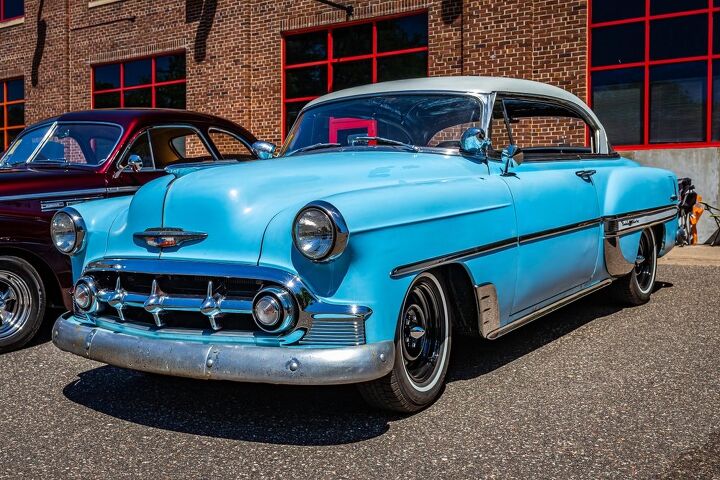
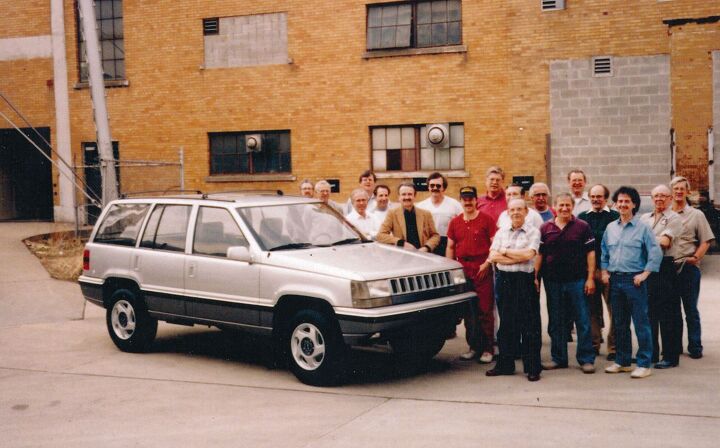
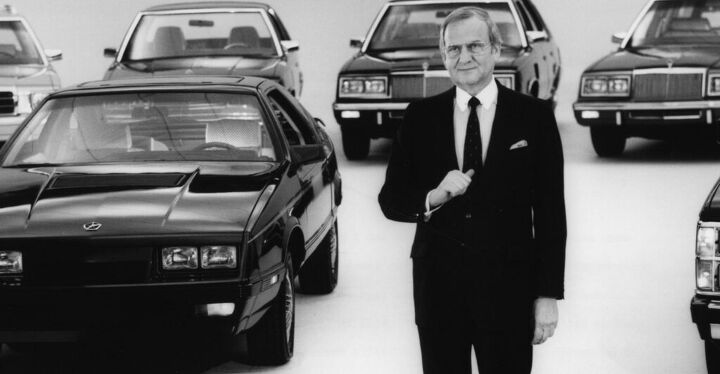
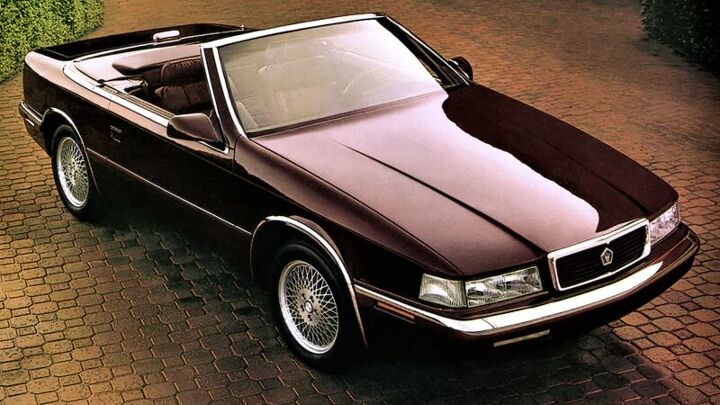
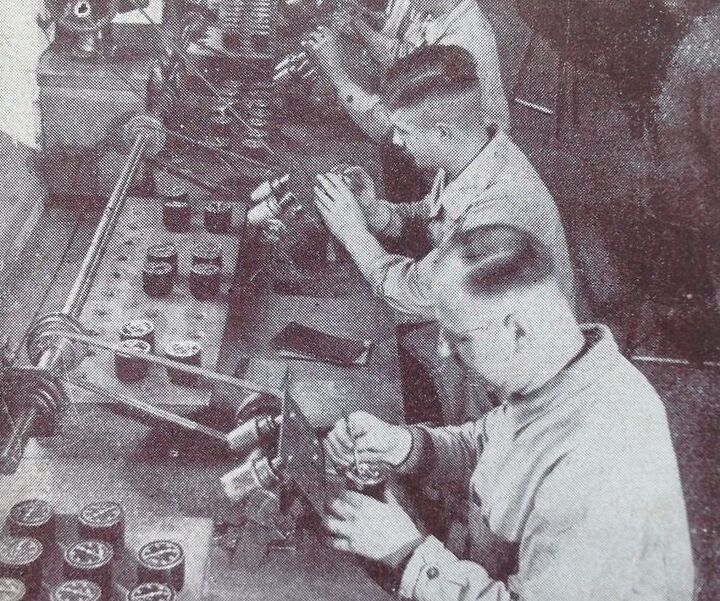
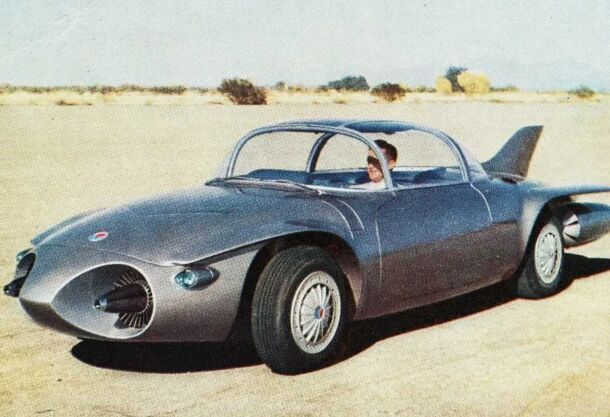

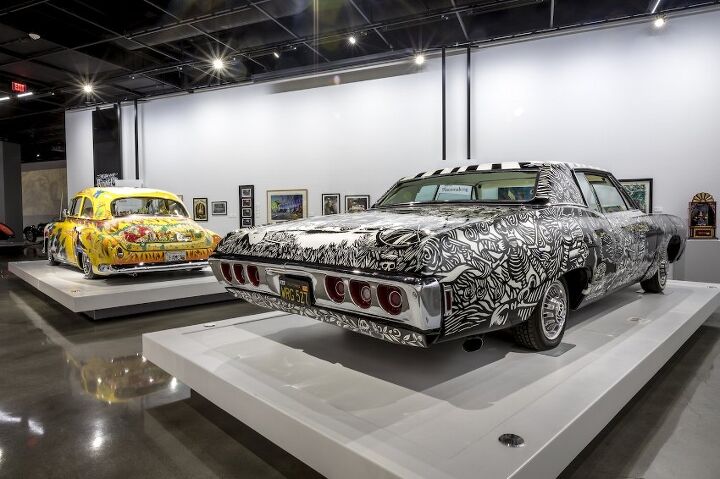
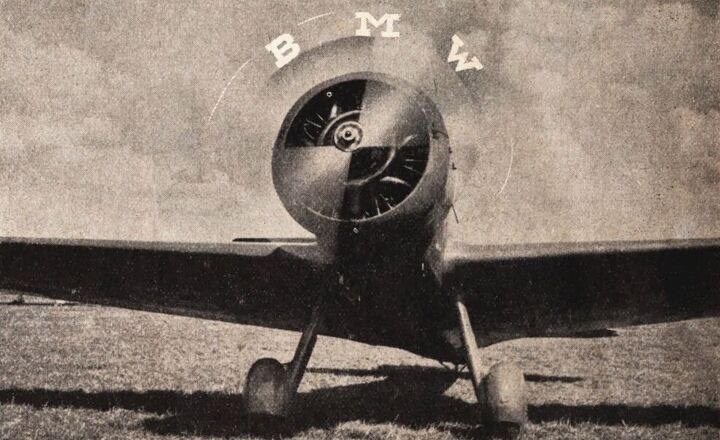

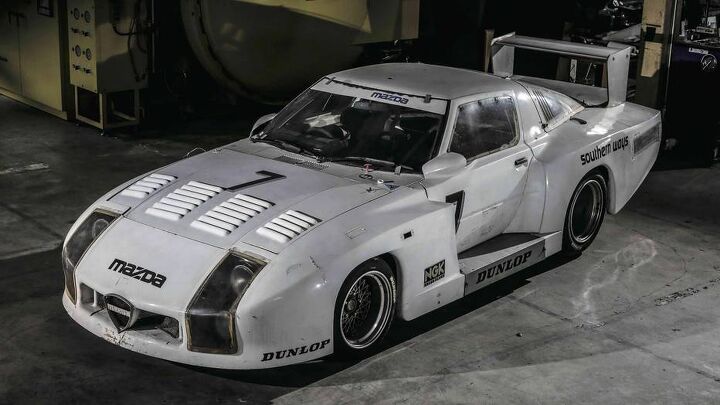
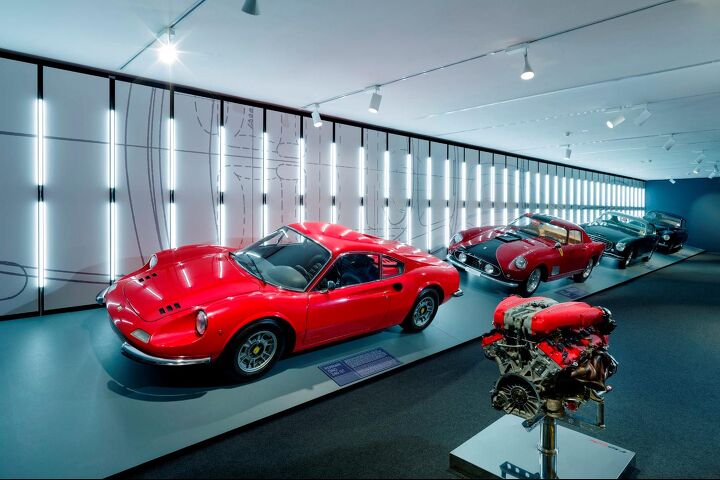















Recent Comments